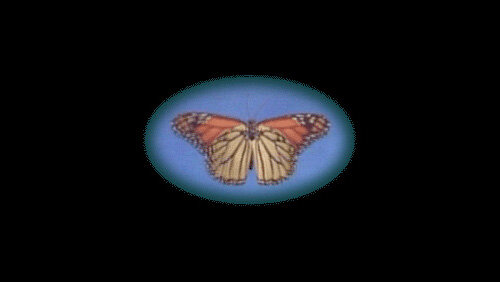They are feared by homeowners for their ability to literally bring down the house by eating through foundations and beams. But many people don’t realize that the wood-eating termite is also a remarkable architect, able to construct amazing structures that can reach the height of trees.
Like honeybees, the termites seen on Alien Empire are social insects that live in highly organized societies, each with its own king, queen, workers and soldiers. And, like bees, termites build fantastically complex homes. These mounds, sometimes shaped like crude castles, chimneys, or tombstone-shaped vertical slabs, can be found around the world. But the termites of Africa, Asia, and Australia build particularly large and imposing structures. Some African mounds, for instance, can be 20 feet high and house more than five million termites.
There are 1,800 species of termites, and they all build their mounds from soil and mineral grains — but these mounds are more than just piles of dirt. Sophisticated designs that involve tunnels, buttressed walls, and ventilation systems ensure that temperatures inside the mound stay stable and warm, perfect for raising young. Some termites even create remarkable indoor greenhouses, where they plant and tend fungus gardens. Workers bring bits of wood and vegetation for the fungus to grow on. The “farmers” carefully weed the garden, and feed its harvest to the mound’s king, queen, and infants.
Their building and gardening skills have earned termites wide admiration. But their voracious appetite for wood has also made the insects widely feared. Indeed, one termite expert calls them “the masters of creative destruction and reconstruction.”








